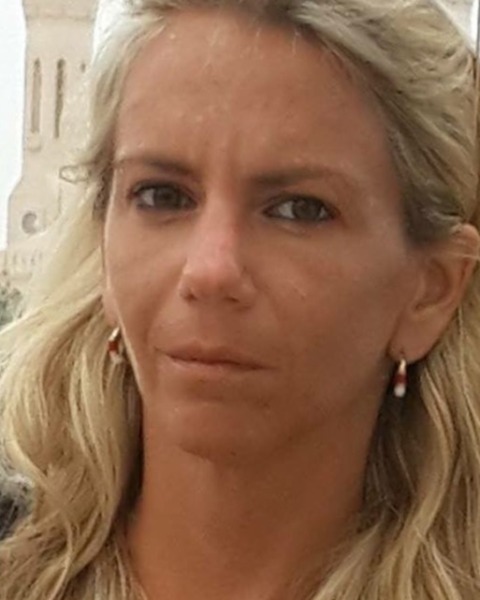Back
Program Evaluation
Presentation Type: Poster Presentation
Program: Section on Global Health
PC2103: Children´s Visual Health Program, Fundación Baylor Argentina'
Sunday, October 9, 2022
12:00 PM – 2:00 PM US PDT
Location: Anaheim Convention Center, Hall A, Board # 103
Background: Early childhood is a crucial period for identifying visual impairment. Visual cortex plasticity progressively diminishes after age 2 years. Impaired vision has a negative effect on quality of life and restricts equitable access and achievement in education and the workplace.
Sight disorders are prevalent in Argentina, affecting 15 to 20 % of school-aged children. Because there had been no visual health program in the areas served by Baylor Argentina, we sought to develop a comprehensive eye care program for children.
Methods: Our program´s goal was to establish a comprehensive vision- screening program combining screening, ophthalmologist examination and eyeglasses prescription. We have worked hard, since the program began in 2018, in engaging stakeholders, including schools, summer camps, local social clubs, local hospital and health centers. We secured resources for logistics, equipment and personnel. The process for the "Vision Screening Program" includes three visits. Children are first screened by Baylor´s pediatrician. Those detected with abnormal screening exams are refereed to the ophthalmologist also provided by Baylor. Finally, eyeglasses re provided to children without medical coverage or with social monitoring.
We have expanded the program from schools to also kinder, clubs and health clinics, also including infants as young as 9 months. Also as part of a quality improvement project we have acquired an easy to use portable autorefractor, which significantly improved the accuracy of the exams.
Results: From January 2018 to March 2022, 3508 children between 9 months to 14 years old were screened. We identified 511 children that had visual acuity defects and were refereed to the ophthalmologist. Refractive error was diagnosed in 82% with 150 children having severe amblyopia. We have delivered 281 eyeglasses since the program began. Children with prescribed eyeglasses entered a follow up program.
Conclusion: The prevalece of sight disorders in our communities is consistent with data from Argentina. During and after pandemic we were able to expand into other communities and we were able to address and identify challenges due to effective collaboration between stakeholders. Next steps are to explore the impact that the program has on academic performance.
Sight disorders are prevalent in Argentina, affecting 15 to 20 % of school-aged children. Because there had been no visual health program in the areas served by Baylor Argentina, we sought to develop a comprehensive eye care program for children.
Methods: Our program´s goal was to establish a comprehensive vision- screening program combining screening, ophthalmologist examination and eyeglasses prescription. We have worked hard, since the program began in 2018, in engaging stakeholders, including schools, summer camps, local social clubs, local hospital and health centers. We secured resources for logistics, equipment and personnel. The process for the "Vision Screening Program" includes three visits. Children are first screened by Baylor´s pediatrician. Those detected with abnormal screening exams are refereed to the ophthalmologist also provided by Baylor. Finally, eyeglasses re provided to children without medical coverage or with social monitoring.
We have expanded the program from schools to also kinder, clubs and health clinics, also including infants as young as 9 months. Also as part of a quality improvement project we have acquired an easy to use portable autorefractor, which significantly improved the accuracy of the exams.
Results: From January 2018 to March 2022, 3508 children between 9 months to 14 years old were screened. We identified 511 children that had visual acuity defects and were refereed to the ophthalmologist. Refractive error was diagnosed in 82% with 150 children having severe amblyopia. We have delivered 281 eyeglasses since the program began. Children with prescribed eyeglasses entered a follow up program.
Conclusion: The prevalece of sight disorders in our communities is consistent with data from Argentina. During and after pandemic we were able to expand into other communities and we were able to address and identify challenges due to effective collaboration between stakeholders. Next steps are to explore the impact that the program has on academic performance.

Andrea E. Imsen
Pediatrician
Fundacion Baylor Argentina
neuquen, Neuquen, Argentina

.png)